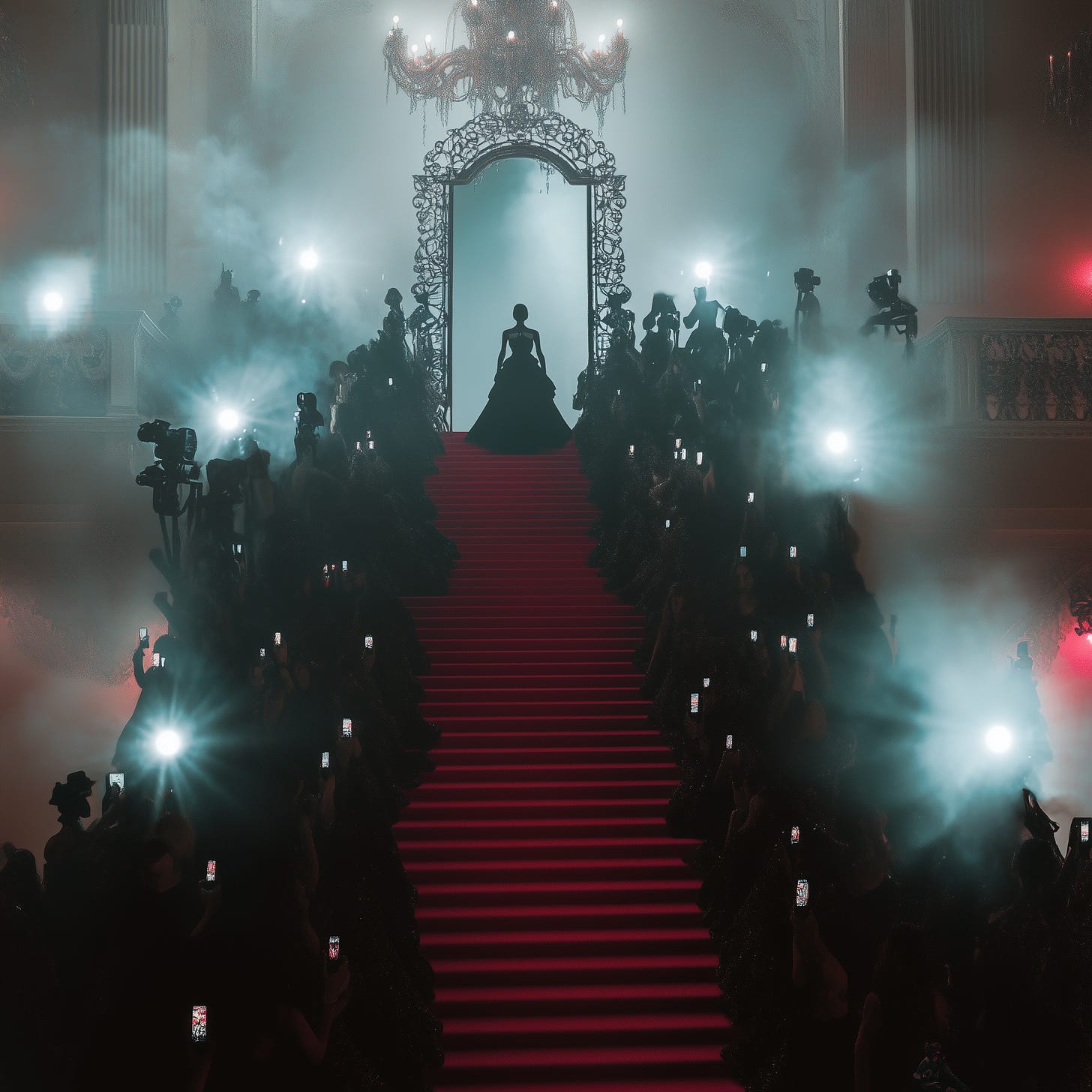Tailored Resistance: Costume, Culture, and the Weaponization of Presentation
When rebellion becomes dress code, what exactly are we applauding?
The 2025 Met Gala did not celebrate Black dandyism. It contained it.
Under the theme "Superfine: Tailoring Black Style," the event turned a legacy of cultural resistance into a moodboard. Historically, Black dandyism was a tactic: an aesthetic subversion of colonial and postcolonial narratives. It weaponized refinement. It asserted presence. It dressed against erasure.
But the moment a subversive grammar is placed in a choreographed ballroom, it becomes something else.
This is the drift: when presentation replaces pressure, and fashion becomes an alibi for not addressing the systems it once confronted.
At the Met Gala, tailored resistance is no longer resistance. It's a dress code.
What the Theme Really Signifies:
Institutional tone laundering: By hosting Black cultural defiance in a literal museum, the system congratulates itself for its ability to frame what once challenged it.
Consent via costume: Participation under thematic constraint implies permission. The system lets you perform resistance—as long as it can light it, brand it, and archive it.
Flattening history into vibe: Black dandyism is not just a look. It’s a historical response to denial, displacement, and state control. On this carpet, it's filtered into posture.
What Gets Lost:
Friction. Real resistance causes discomfort. On this carpet, even disruption is photogenic.
Continuity. Dandyism without memory is cosplay. Subtext removed, rebranded as elegance.
Context. Fashion is language. Without syntax, it’s just noise in silk.
DE Conclusion:
Cultural resistance doesn’t die. It gets aestheticized.
The Met Gala didn’t mock Black dandyism. It did something worse: it used it, pre-framed, pre-approved, and pre-emptively disarmed. This is not cultural elevation. It’s the high-budget burial of meaning beneath tailored applause.


